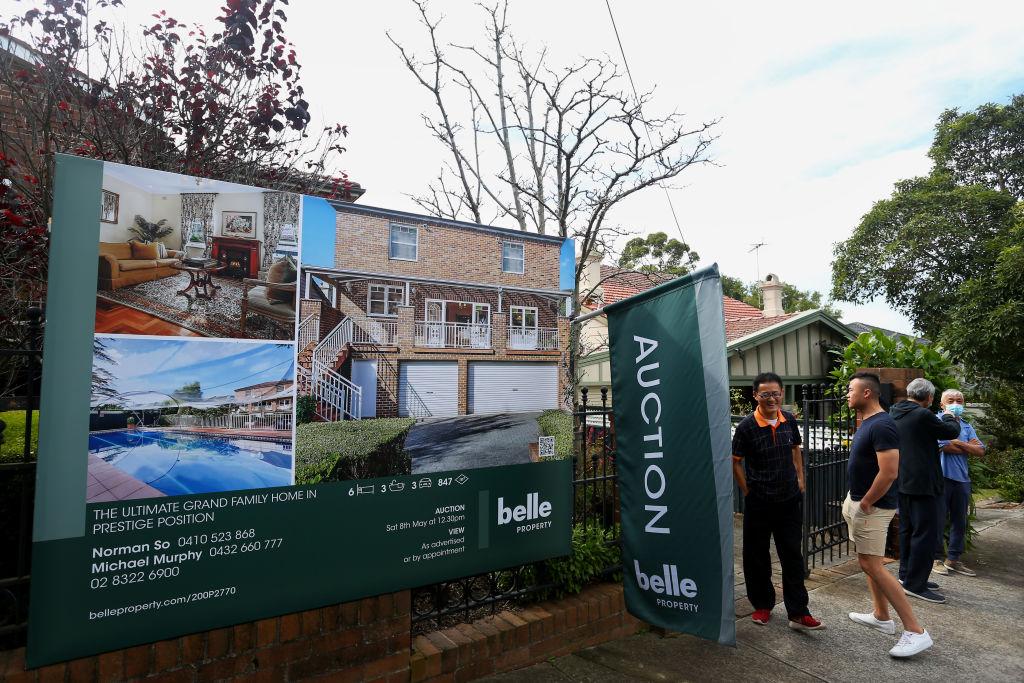Australian home value growth has continued its downward trend in February 2022, with Sydney witnessing housing prices fall for the first time in 17 months.
The national home value index of property database company CoreLogic went up just 0.6 percent in February, the lowest monthly increase recorded since October 2020. Prior to this, the index rose by 1.1 percent in January after reaching the peak of 2.8 percent in March 2021.





